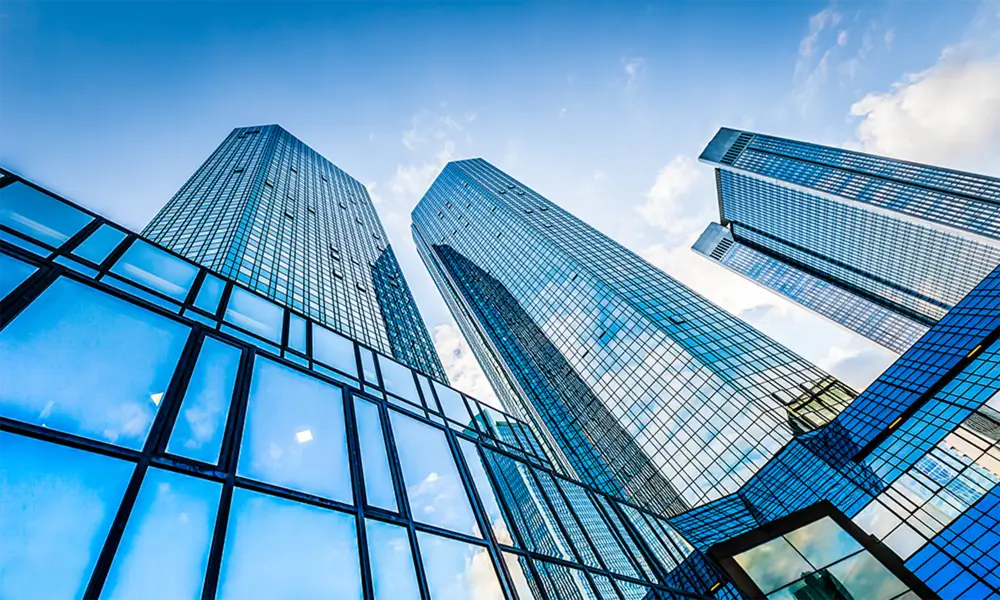

The Evolution and Applications of Strengthened Glass
Strengthened glass, commonly known as tempered glass, has revolutionized the way we think about safety and design in architecture, automotive, and various industries. This remarkable material is crafted through a thermal or chemical process that enhances its strength compared to ordinary glass. As we delve into its evolution, properties, and applications, we appreciate how strengthened glass has become an integral component of modern life.
The Process of Strengthening Glass
The production of strengthened glass begins with the selection of high-quality raw materials, primarily silica sand, soda ash, and limestone. The glass is then formed into sheets and subjected to a meticulous heating process, where it is heated to temperatures exceeding 600 degrees Celsius. After reaching this peak, the glass is rapidly cooled in a process known as quenching. This sudden temperature change introduces compressive stresses on the surface, making the glass much stronger than standard glass.
The strengthening process can also be achieved chemically, using various alkali metal salts. This method involves immersing the glass in a salt bath that exchanges smaller sodium ions with larger potassium ions, thereby increasing surface compression and overall strength. Both methods yield a product that is significantly more resistant to impact and thermal stress, thus making it an ideal choice for various demanding environments.
Properties of Strengthened Glass
The primary characteristic that sets strengthened glass apart is its enhanced strength. It can be five to ten times stronger than regular glass, allowing it to withstand greater forces without breaking. In the event that it does shatter, it tends to break into small, blunt pieces rather than sharp shards, reducing the risk of injury.
Thermal stability is another prominent feature of strengthened glass. It can endure drastic temperature changes without the risk of spontaneous shattering, making it indispensable in applications where heat exposure is a factor. Furthermore, its optical clarity maintains aesthetic appeal while providing safety and durability.

Applications of Strengthened Glass
The versatility of strengthened glass has led to its wide-ranging applications across various industries. In the architectural realm, it’s commonly used in facades, windows, and glass doors. Its aesthetic qualities, combined with strength and safety, make it a favored choice for modern buildings, and with the increasing trend of open-concept designs, glass walls have become more prevalent.
In the automotive industry, strengthened glass plays a crucial role in manufacturing windshields and side windows. The durability of tempered glass minimizes the risk of breakage in case of accidents, contributing to overall vehicle safety. Additionally, the ability to withstand extreme heat makes it perfect for cars, which can undergo significant temperature fluctuations.
Strengthened glass is also utilized in consumer electronics. Screens of smartphones, tablets, and other devices are often made from strengthened glass to resist scratches and impacts, providing consumers with durability and longevity. This application has not only enhanced user experience but also reduced the frequency of product returns due to screen damage.
Moreover, strengthened glass finds its place in shower doors, glass partitions, and furniture design. Its aesthetic versatility allows for innovative design elements while offering practical safety solutions.
The Future of Strengthened Glass
As technology continues to advance, the future of strengthened glass looks promising. Innovations in manufacturing processes and materials could enhance its strength, thermal resistance, and even introduce smart glass capabilities, such as self-tinting or energy-efficient options. The increasing focus on sustainable practices and renewable resources may also steer developments in how this material is produced and used.
In conclusion, the evolution of strengthened glass has significantly impacted various industries, providing safety, strength, and aesthetic appeal. Its range of applications and ongoing innovations make it a vital material in today's world, and as technology progresses, we can only anticipate further enhancements and broader uses.